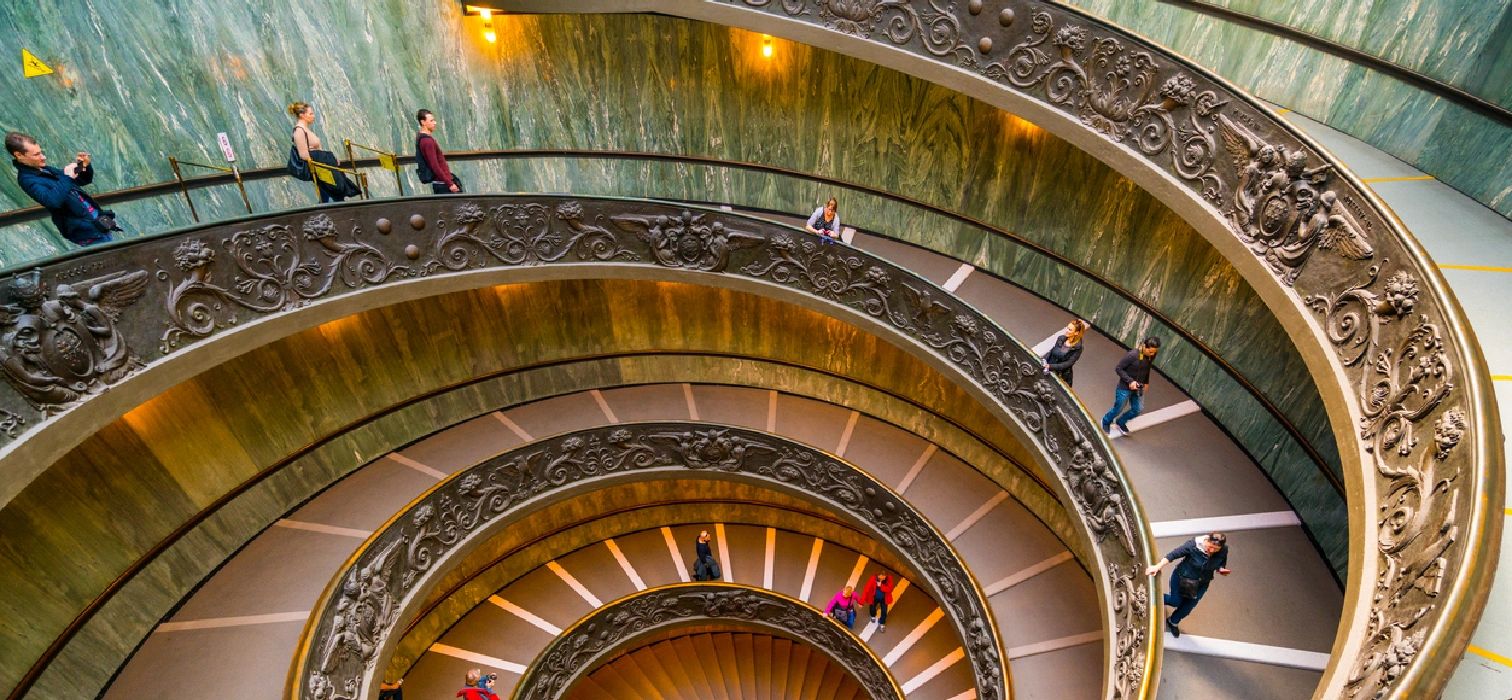
Hatice Utkan Özden
It is plain to realise that art, in particular installation art, is connected to the time. A work of art and especially an installation mostly deals with what is present, the “moment”.
Betül ÇOTUKSÖKEN, a professor of philosophy, states in her 2013 talk “Augustinus and Philosophy” that human as an individual tends to collide the situations they encounter in daily life with those already present in their minds. In fact, she puts it in the words through her own perspective and says that subjects in minds represent the “universals” and daily life experiences represent the “singulars”. Everyone goes to those experiences in their minds to explain concrete situations. ÇOTUKSÖKEN calls these concepts “universals”, a term that is used greatly in medieval philosophy and adds: “Concepts we have (universals) and situations in daily life (singulars) don’t always move smoothly and we may have a hard time making sense. This creates a tension.”
ÇOTUKSÖKEN does not include contemporary art in her words. However, her statement is very effective that what she says also applies to artistic expressions, along with life. When we think deeper, we come to realise people really have a hard time making sense certain situations. Subjects like art and philosophy help us to comprehend both the world we have in ourselves and the world at the outside. That is why contemporary art is explained as “Existing right in the life.”. Contemporary art helps us turn the “idea” to “concrete” and the “concrete” to “idea” and maybe even connect the concepts between concrete and idea.
There is a concept in all these concepts that affects us deeply from the inside and the outside. It also comes as intangible and irreplaceable. Time, a challenge for us within our minds through thoughts from past, present and future, it is also a reality we need in the outer world. In fact, “time” exists in our lives as something “universal” and “particular” at the same time. St. Augustinus explains this complicated subject as follows (quoted from Zübeyir Erkam’s YouTube video): past is an image in present, future is an expectation, present is reality in the “moment”
Connection of Time and Installation Art: Moment

When it is taken into consideration through temporal context, art’s and installation art’s connection to time in particular, is easy to detect. A work of an installation art deals greatly with present that is “now”. When the artist installs their work, they think of what the audience will see and feel and courages themselves through it. This is the exact reason why the contemporary art reaches out for the senses and realities that are present in that moment. Meanwhile, it brings the situations in the world and concepts in ourselves together, (conceptually). However, this process of realisation takes us to a new place of sense. At that “moment”, mind starts to see and eyes feel things.
Sarkis, who includes installation art in (his her) works, created his work “Gökkuşak” for the tenth year of Istanbul Modern and described it as “rainbow gaining speed to the Big Bang”. (He she) gathered the concept of time together with Big Bang and the speed, made it possible to create a new platform where things seen through the eyes and feelings inside come together.
In this installation, Sarkis shares the concept of time with terms like “beginning” and “end”. (he she) states (his her) work “Rainbow” should be treated like a miracle and adds that art always expresses the beginnings but through the process of creation, all references disappear and newness appear. Doing so, the concept of time we know breaks and a new “moment” arrives.

Christo, who passed away May 2020 was someone bringing new meanings to the concept of “time” through environmental installation art, drew people’s attention at the changing nature through his works. Christo, with his partner Jeanne Claude completed time focused installations and “Mastaba London” at the Lake Serpentine has been the most known of them all. Mastaba is a word for tilted graves heavily used in Egypt and Mesopotamia. Christo, creating his work with 7506 barrels, focused on time and temporariness of the end that comes along with time.

In “ Support”, a giant hand coming from the canal supporting the wall of a hotel represents how vulnerable time actually is. The canal is/was filled with water rising steadily and installation had/has been eroding gradually.
“Support” was the most popular installation at the Venice Bienal. With “Support”, Quinn tells the story of the world’s rising fragility and sustainability. A giant hand’s support for the wall of the hotel portrays how fragile time is. The canal is/was filled with water rising steadily and installation had/has been eroding gradually.
Displaying perception of time and how it changes, installation art brings concepts and daily stuffs together. It tells us how our daily lives are temporary and fragile. On the other hand, every work of art belongs to a “moment” and that “moment” comes to a reality at every individual’s eyes. Eventually, we realise that it is possible for singulars in life and concepts (universals) in us to collide and that collision brings our perception into a higher level. From that perspective, installation art is a sign that tells our minds can see everything or our perception of time is open to changes.



